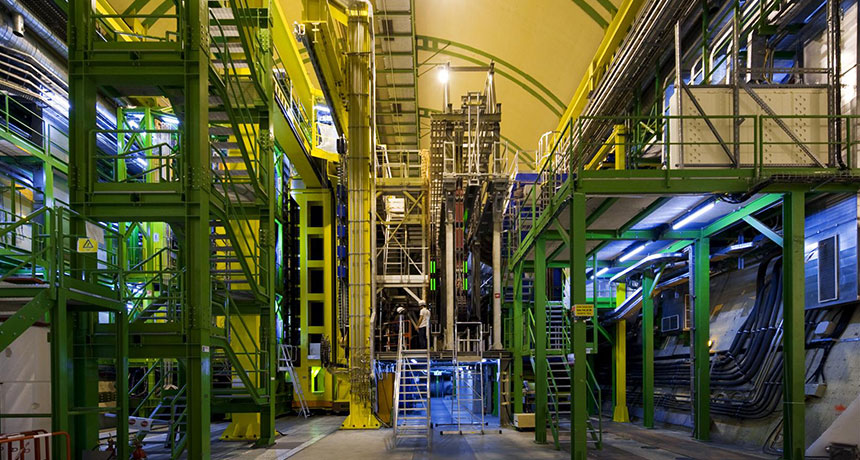Three cousins join family of four-quark particles
Large Hadron Collider finds heavier versions of strange-charm combinations

QUARK QUARTET FINDER Scientists with the Large Hadron Collider’s LHCb experiment (shown) have found a family of four particles made up of four quarks each.
CERN